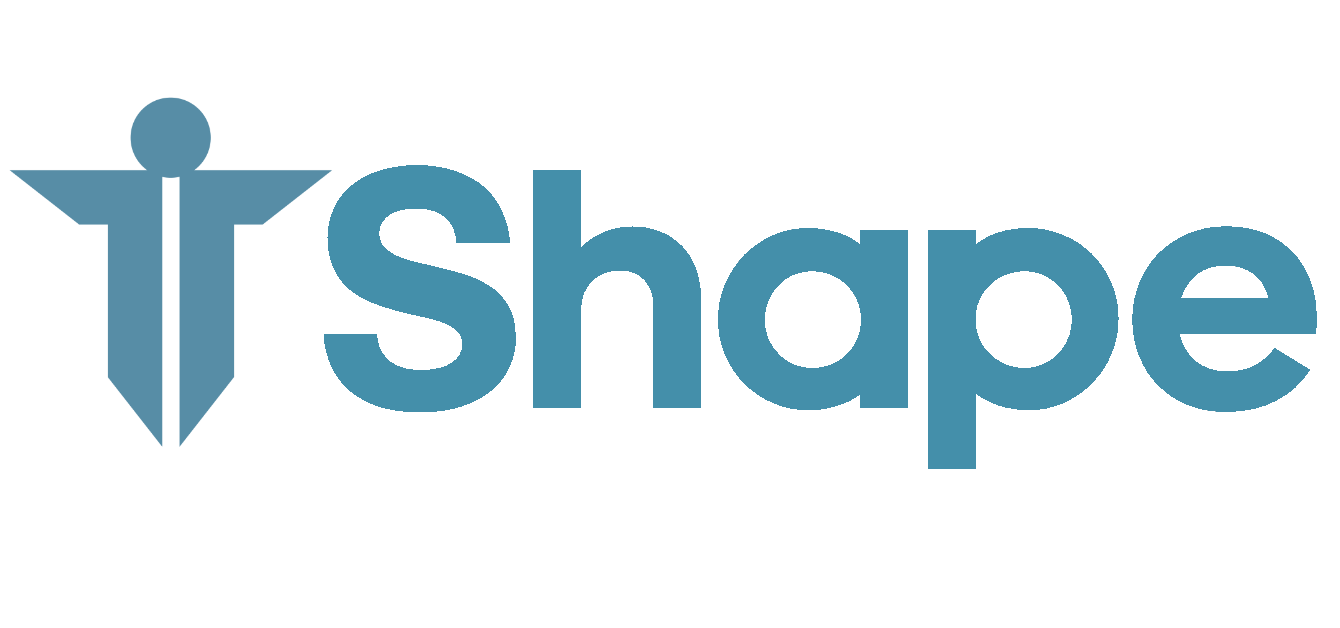
I just got a new pair of glasses that helps me look, categorize, and understand how our organizations operate today. In the book Reinventing Organizations by Frédéric Laloux, the colorful and well-described model reveals many questions but also inspiration on how to build organizations.
I know all models are wrong, but I find this model very useful and inspiring.
I plan to have a series of blog posts focusing on the model. In this post, I have included the 3 things I learned and will take with me from the book. I hope this will inspire you to read the book.
In the upcoming post, I will see how the Scrum Framework looks at the different stages of evolutionary organization.
What is the book about?
I have heard of Teal organizations and the Spiral Dynamics model but have never fully understood them. Now, 10 years after Frédéric Laloux wrote the book Reinventing Organizations, I finally prioritized reading and understanding the theory in his book.
It is, without a doubt, the most inspiring book I have read about organizations. It clearly describes the different structures that organizations are based on, depending on how ‘evolved’ they are. The model divided organizations into 5 different evolutionary stages.
In the book, Laloux explores the difference between what makes people thrive and grow and how today’s organizations undermine this with their structure, politics, and management. He describes how relatively new organizations operate from a more organic and “human-friendly” set of values and how these Teal organizations are radically different from today’s organizations’ principles and beliefs.
If you want to know more about the theory, Frédéric Laloux has created a platform where he and others share their presentations and training materials. You can find it all here.
There is also a separate wiki where all 5 stages are described in terms of their structures and practices.
My key takeaways from the book
There are many takeaways from his book. I have tried to describe the top three without referring to the complete theory.
1. Sustainable changes shall match the fundamental beliefs within the Company
The two main criteria for building a Teal organization are that the CEO and the board members have a worldview consistent with the Teal values.
According to Laloux, you cannot transform an organization into a Teal. It would be best to start a new organization based on Teal values because it has fundamentally different beliefs and values than today’s organizations. Having experienced organizational dynamics firsthand and advised companies on team and management issues, I now recognize the crucial role of aligning with an organization’s core assumptions. This understanding empowers us to introduce sustainable changes and practices.
2. Every level of evolution for an organization can have both healthy and unhealthy expressions
The organizations we know today are built within a context and with a specific purpose. Orange organizations built for growth and handling complicated processes have given us more wealth, but the same organization can also harm and drain our planet’s resources.
Organizations operating from an unhealthy perspective may prioritize short-term gains over long-term sustainability, neglect the well-being of their employees, and disregard the impact of their actions on the environment and society.
Therefore, understanding the spectrum of healthy and unhealthy expressions within organizational evolution is crucial for guiding businesses toward making ethical and sustainable decisions.
3. There is a better and more holistic way, but it is fundamentally different from how organizations operate today
The contrast is striking when we compare the unused human potential from traditional organizations’ management, politics, and rules with the human potential in Teal organizations. This realization inspires us to envision a fundamentally different, more empowering way of working.
When it comes to fully self-managed teams, there are many questions about what practices and structures they can use for handling conflicts, decision-making, and budgeting. The interview and summaries of how the Teal organizations have dealt with these issues illustrate how they have developed solutions to handle these areas.
These practices are described in more detail here: Home – Reinventing Organizations Wiki.
What about Agile and Scrum?
The book’s model or framework does not take a specific stance in favor of or against Agile and Scrum. However, we can explore how various organizations perceive Agile and Scrum. Is it possible to draw the conclusion that Scrum is tailored for a particular type of organization? I plan to delve into this topic in my upcoming blog post.
